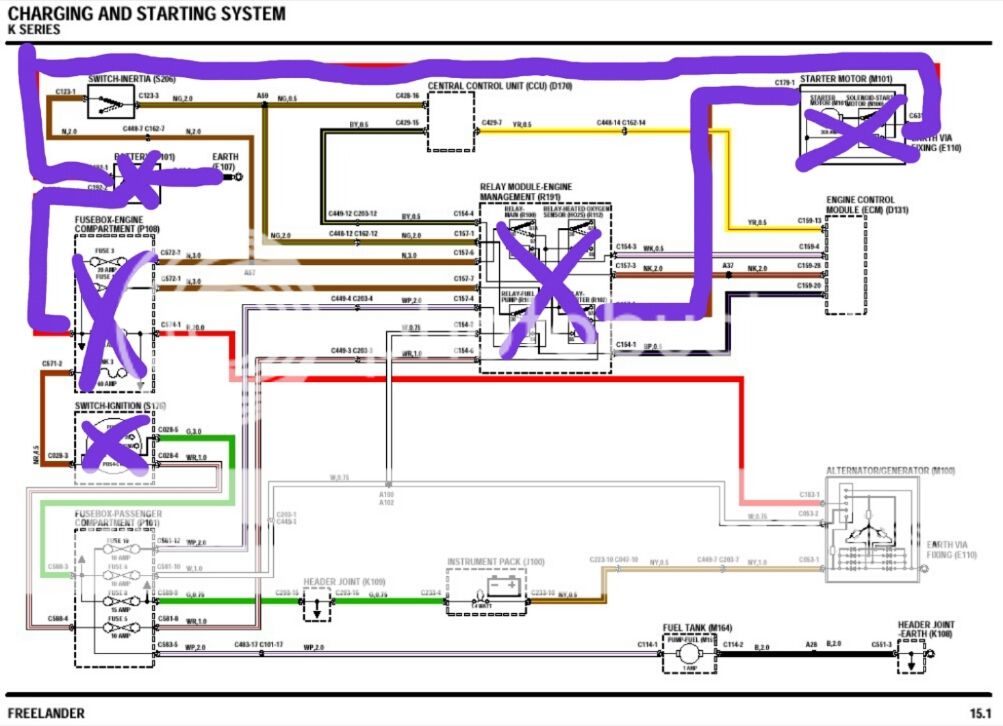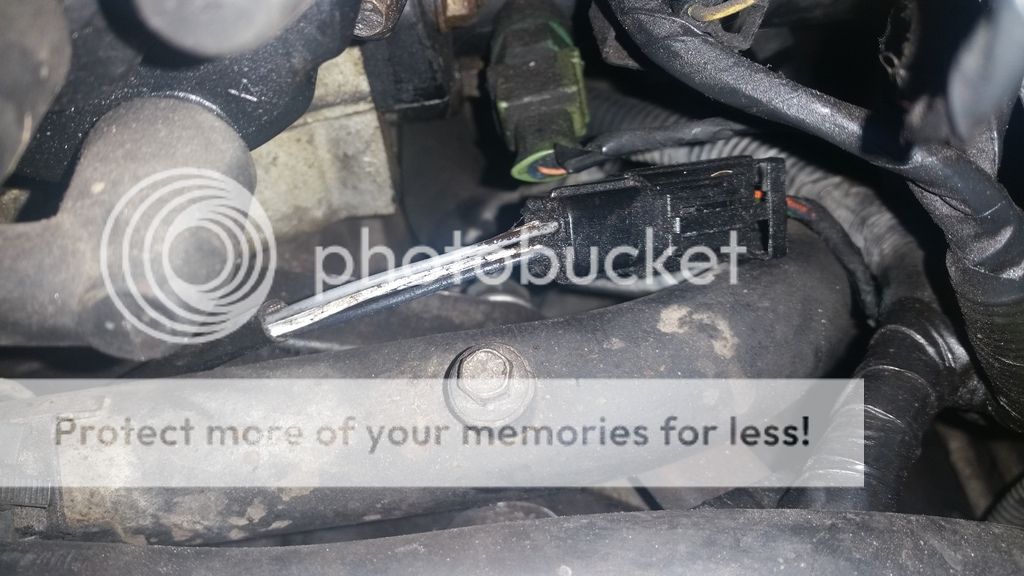yep could be the nuthouse , lol
I wonder if
removing the small 12v plug from the back of the starter and also the pos lead from it
using a second battery to start the car to see if the fuse blows , to completely eliminate the starter
strange it keeps blowing the 30 amp fuse ,
wonder if pulling all the internal fuses out apart from the ones u need to start the car would help
also could pull some fuses not needed u der the bonnet if it will still slow the car to start ??
could it be the immobilser as that's linked in ???
by removing the fuses to virtually everything can then eliminate them and take them out of the equation ??
radio, clock, lights, alarm , heated rear window , heater, air con , inertia switch , electric windows , indicators
just a thought as then reconnecting the starter motor to see if it still blows the fuse with virtually every fuse gone
if it doesn't blow , can then add the fuses back in one by one u til it blows again and noting that circuit ???




